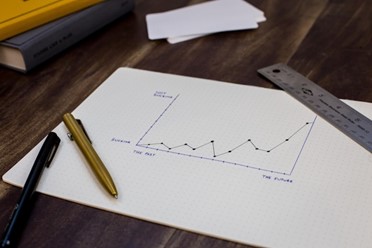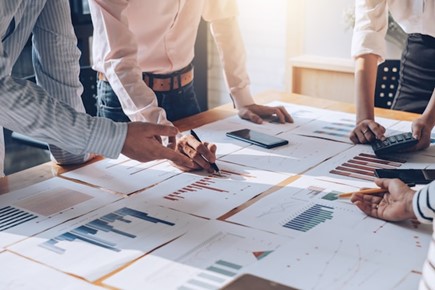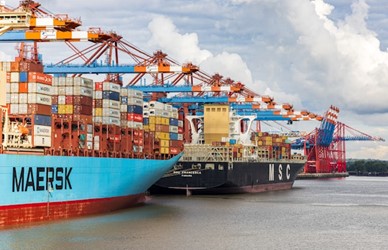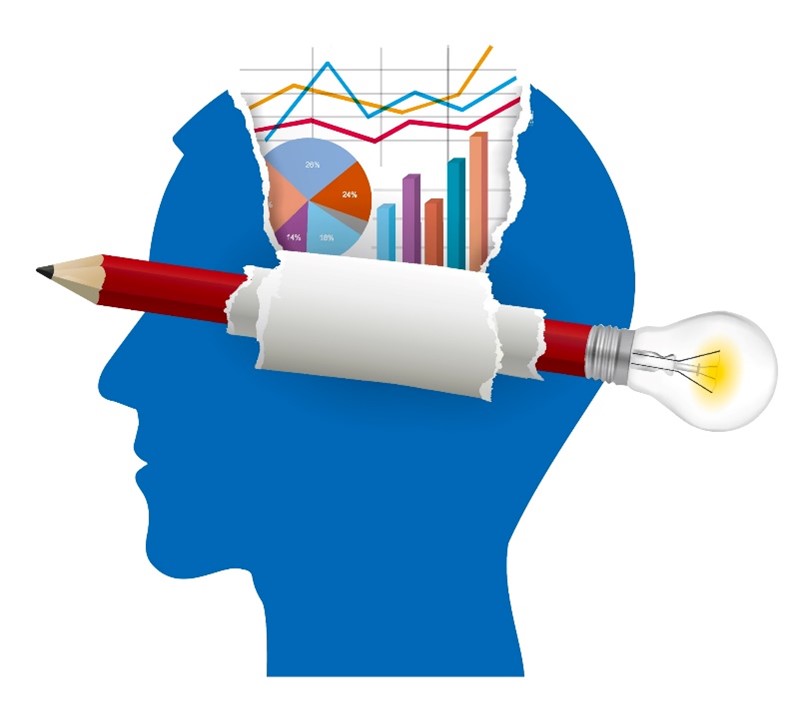
For many aspiring entrepreneurs, including Chris Nicak, the journey begins with a side hustle—a small business or project that supplements their primary income. But how do you know when it’s the right time to make the leap from side hustle to full-time entrepreneurship? This article explores the key indicators that signal it’s time to transition and offers tips on how to make the move smoothly.
Understanding the Side Hustle Phenomenon
The rise of the gig economy, combined with advances in technology, has made it easier than ever for people to start side hustles. Many entrepreneurs start with a passion project, a way to explore their interests and earn extra income. However, as the business grows, they face a critical decision: should they continue juggling their side hustle with a full-time job, or take the plunge and dedicate themselves entirely to their business?
Indicators That It’s Time to Make the Leap
Transitioning from a side hustle to a full-time business is a major decision that requires careful consideration. Here are some key indicators that suggest it might be time to take your side hustle full-time:
1. Consistent and Growing Revenue
One of the most obvious signs that your side hustle is ready to become your main gig is consistent and growing revenue. If your side hustle is generating a stable income that can support your basic living expenses and business needs, it’s a strong indication that your business model is viable. This financial stability can give you the confidence to take the leap.
2. Overwhelming Demand
Another sign that it’s time to transition is when demand for your products or services exceeds your capacity to fulfill it while working a full-time job. If you find yourself turning down opportunities or struggling to keep up with orders, it may be time to consider focusing all your energy on your business.
3. Passion and Commitment
Passion is a driving force behind many successful businesses. If you find that your side hustle is something you’re truly passionate about and you’re willing to dedicate the time and effort required to make it succeed, this is a strong indicator that you’re ready to go full-time. Your commitment to your business vision is key to making the transition successful.
4. A Clear Business Plan
Before making the leap, it’s crucial to have a clear business plan that outlines your goals, target market, revenue streams, and growth strategies. If you’ve developed a comprehensive plan and have a clear vision for scaling your side hustle, you’re in a strong position to transition.
5. Support System
Making the leap to full-time entrepreneurship can be daunting, but having a strong support system can make the transition smoother. Whether it’s family, friends, mentors, or a professional network, having people who believe in your business and can offer advice and encouragement is invaluable.
Tips for a Smooth Transition
Once you’ve decided to take your side hustle full-time, there are several steps you can take to ensure a smooth transition:
1. Build a Financial Cushion
Before making the leap, it’s important to have a financial safety net. Ideally, you should have savings that cover at least six months’ worth of living expenses. This cushion will give you peace of mind as you navigate the challenges of full-time entrepreneurship.
2. Test the Waters
If possible, try gradually increasing the time you dedicate to your side hustle before making the full transition. This approach allows you to test the viability of your business and make adjustments as needed.
3. Prioritize Time Management
Time management becomes even more critical when transitioning to full-time entrepreneurship. Create a daily schedule that includes dedicated time for marketing, client work, financial management, and business development.
4. Stay Adaptable
The entrepreneurial journey is full of surprises, and the ability to adapt to changing circumstances is crucial. Be open to learning, experimenting, and pivoting your business model if necessary.
5. Seek Professional Guidance
If you’re unsure about any aspect of your transition, consider seeking advice from professionals, such as business coaches, financial advisors, or legal experts. They can provide valuable insights and help you navigate the complexities of entrepreneurship.
The decision to transition from a side hustle to a full-time business is both exciting and challenging. The key is recognizing the signs that your side hustle is ready for the next level and taking strategic steps to ensure a smooth transition. By building a strong financial foundation, refining your business plan, and staying adaptable, you can make the leap with confidence and set yourself up for long-term success.










